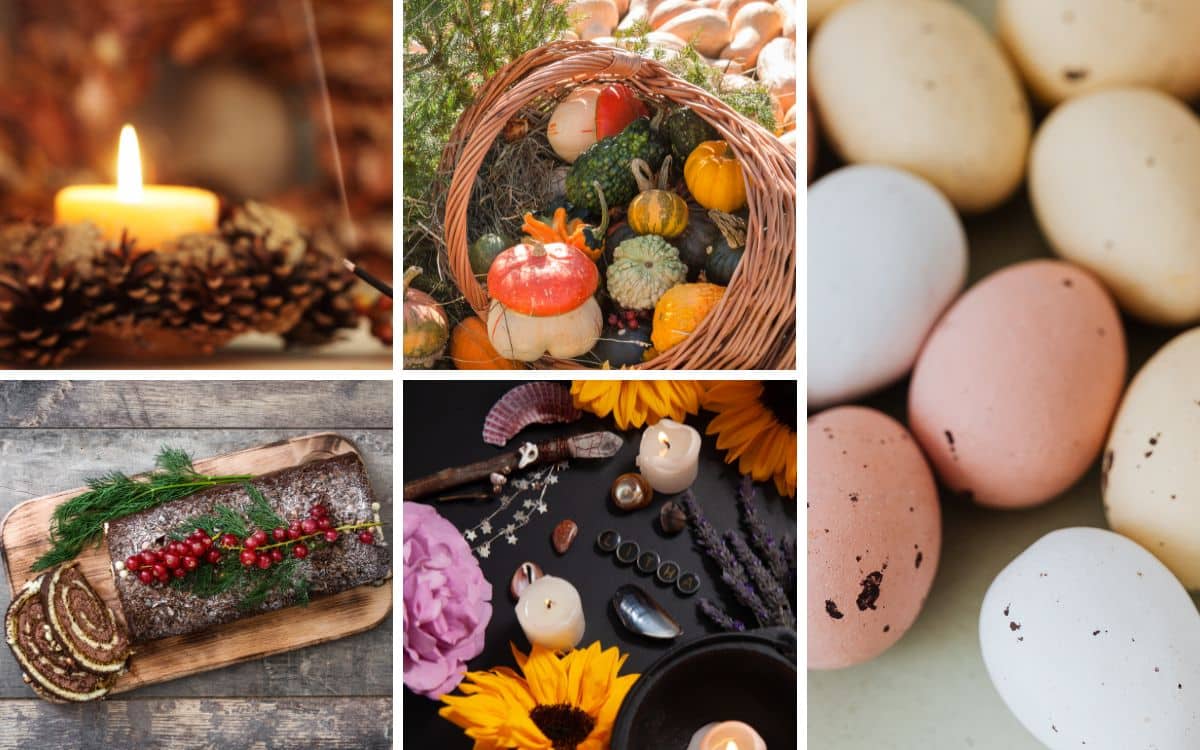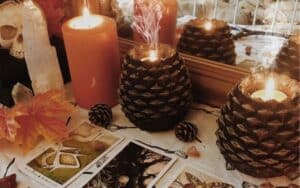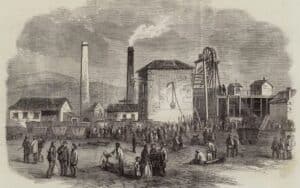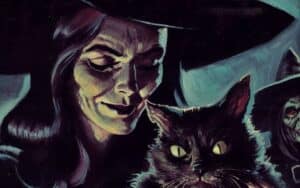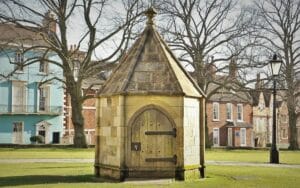The pagan calendar, also known as the Wheel of the Year, is a sacred cycle of seasonal celebrations. Let’s explore the meanings and significance of the eight major pagan festivals.
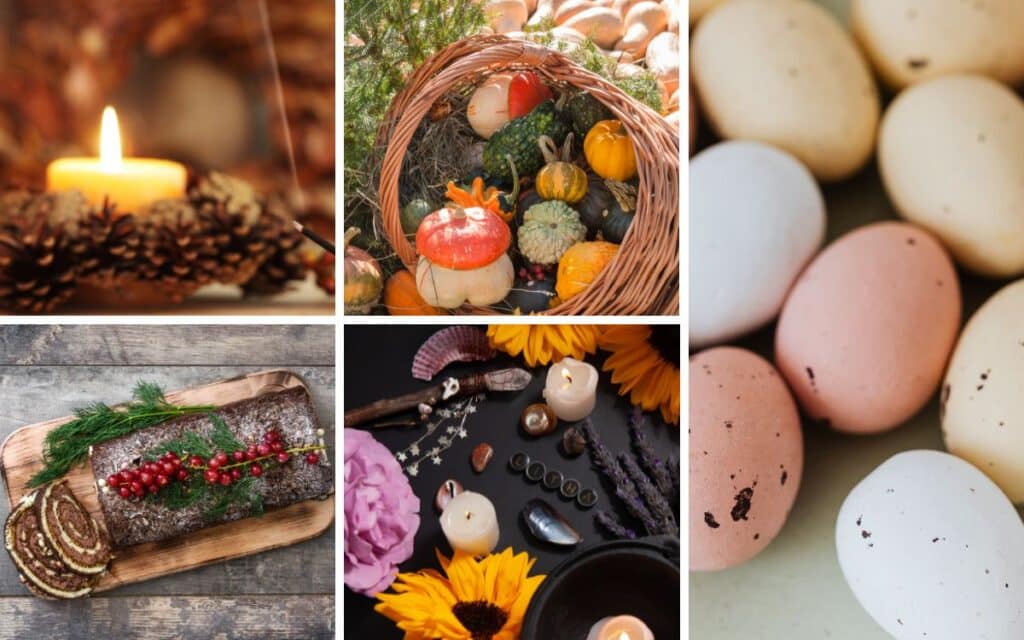
What is the Pagan Calendar?
The pagan calendar, also known as the Wheel of the Year, is a sacred cycle of seasonal celebrations that marks the changing of the seasons and honours the natural rhythms of the Earth.
The Wheel of the Year is divided into eight major festivals, which are celebrated by pagans and Wiccans around the world.
The four solar festivals are the solstices and equinoxes, which mark the turning points of the year.
The summer solstice, or Litha, occurs in June and is the longest day of the year, while the winter solstice, or Yule, occurs in December and is the shortest day of the year.
The spring equinox, or Ostara, occurs in March and marks the beginning of spring, while the fall equinox, or Mabon, occurs in September and marks the beginning of autumn.
The four cross-quarter festivals are Samhain, Imbolc, Beltane and Lughnasadh.
- Samhain, celebrated on 31 October, is the pagan New Year and the time when the veil between the worlds is thinnest.
- Imbolc, celebrated on 2 February, is a time of purification and new beginnings.
- Beltane, celebrated on 1 May, is the festival of fertility and celebrates the coming of summer.
- Lughnasadh, celebrated on 1 August, marks the beginning of the harvest season and honours the god Lugh.
Each of these festivals has its own unique themes, traditions and rituals and they are celebrated in different ways by different pagan traditions.
For example, some pagans celebrate the solstices and equinoxes as solar festivals, while others see them as times to honour the changing seasons and the cycles of life and death.
Similarly, some pagans celebrate Samhain as a time to honour their ancestors and the dead, while others see it as a time of transformation and rebirth.
Overall, the pagan calendar is a rich and diverse tapestry of traditions and beliefs that honours the cycles of nature and the sacredness of life.
Whether you are a seasoned pagan or simply curious about these ancient traditions, exploring the Wheel of the Year can be a transformative and enlightening experience.
Here is a quick chart to the major Pagan Festivals during the year
| Festival | Date Range | Symbols and Traditions | Christian Connections |
|---|---|---|---|
| Imbolc | 1 February | Fire, candles, milk, honey, Brigid | Candlemas |
| Ostara | 20-23 March | Eggs, rabbits, seeds, Eostre | Easter |
| Beltane | 1 May | Maypole, flowers, bonfires, Beltane fires, union of god and goddess | May Day |
| Litha | 20-23 June | Sun, bonfires, faeries, power of the sun | St John’s Day |
| Lammas | 1 August | Bread, corn dollies, abundance, harvest king | Lammas Day |
| Mabon | 20-23 September | Wine, apples, balance, the crone and the lord of the underworld | Michaelmas |
| Samhain | 31 October-1 November | Ancestors, divination, pumpkins, spirits of the dead | All Saints’ Day |
| Yule | 20-23 December | Evergreens, gift-giving, sun king and mother of light | Christmas |
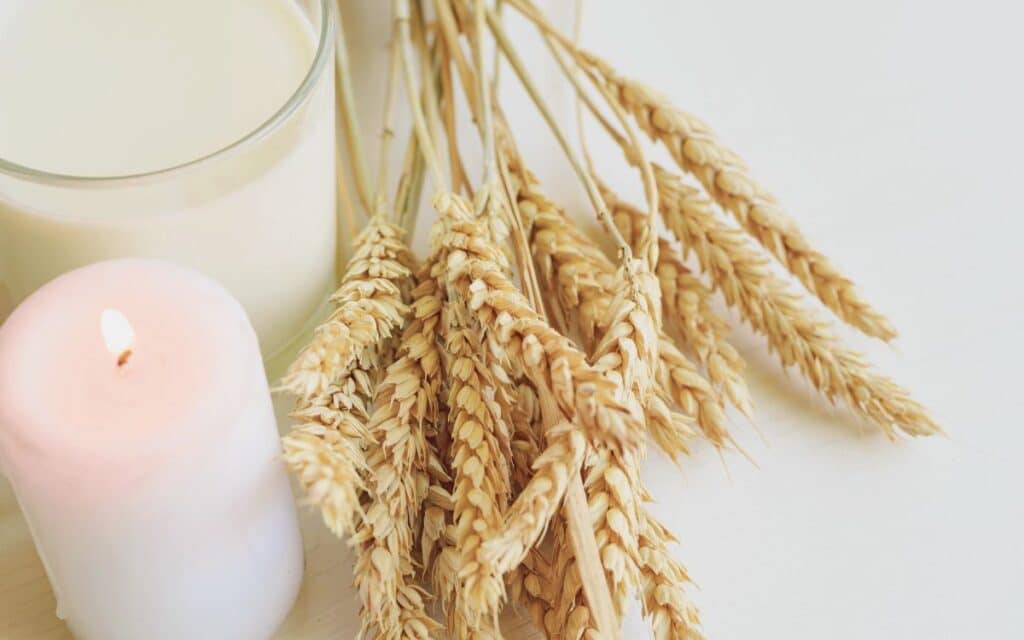
Imbolc (1 February) Beginning of Spring
Imbolc is celebrated on 1 February and marks the beginning of spring.
It is a time to honour the goddess Brigid, who represents fertility, healing and creativity.
This festival is associated with the colour white and is traditionally celebrated with lighting candles and making offerings of milk and honey.
Crystals: Amethyst, aquamarine and garnet
Special Herbs: Myrrh, chamomile and lavender
Chakras: Root chakra and heart chakra
Christian Connection: Candlemas, which celebrates the presentation of Jesus at the temple and is associated with the purification of Mary.
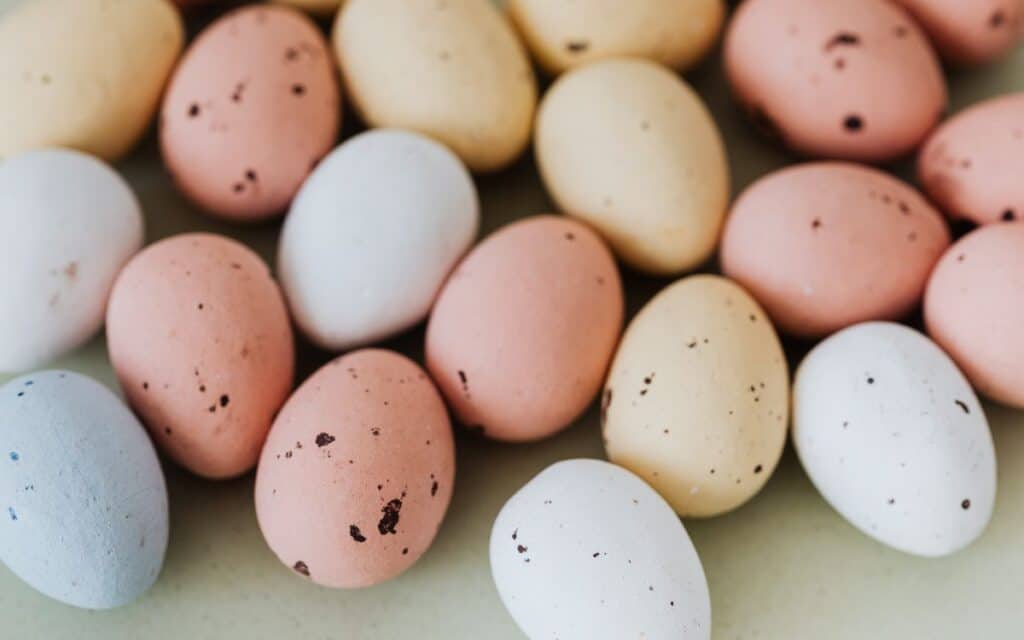
Ostara (20-23 March) Spring Equinox
Ostara is celebrated on the spring equinox, which falls between 20 and 23 March.
It marks the beginning of spring and the return of light and warmth. This festival is associated with the goddess Eostre, who represents fertility, growth and new beginnings.
Ostara is traditionally celebrated with decorating eggs, planting seeds and performing rituals to bring balance and harmony to one’s life.
Crystals: Bloodstone, rose quartz and moonstone
Chakras: Root chakra, sacral chakra and heart chakra
Special Herbs: Dandelion, nettle and ginger
Christian Connection: Easter, which celebrates the resurrection of Jesus and is associated with rebirth and renewal.
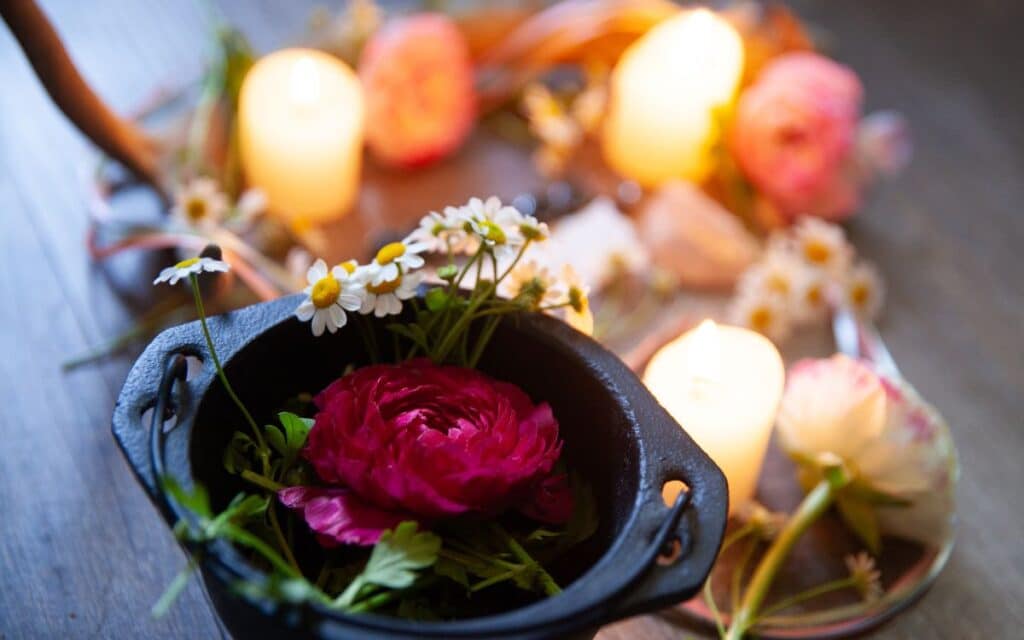
Beltane (1 May) Beginning of Summer
Beltane is celebrated on May 1st and marks the beginning of summer and the peak of fertility.
It is a time to honour the god and goddess in their aspect as lovers and to celebrate the union of the masculine and feminine energies.
Beltane is traditionally celebrated with dancing around the Maypole, making flower garlands and performing rituals to attract abundance and prosperity.
Crystals: Emerald, rose quartz and carnelian
Chakras: Sacral chakra and heart chakra
Special Herbs: Hawthorn, lavender and rose
Christian Connection: May Day, which is associated with the coming of spring and the celebration of life.
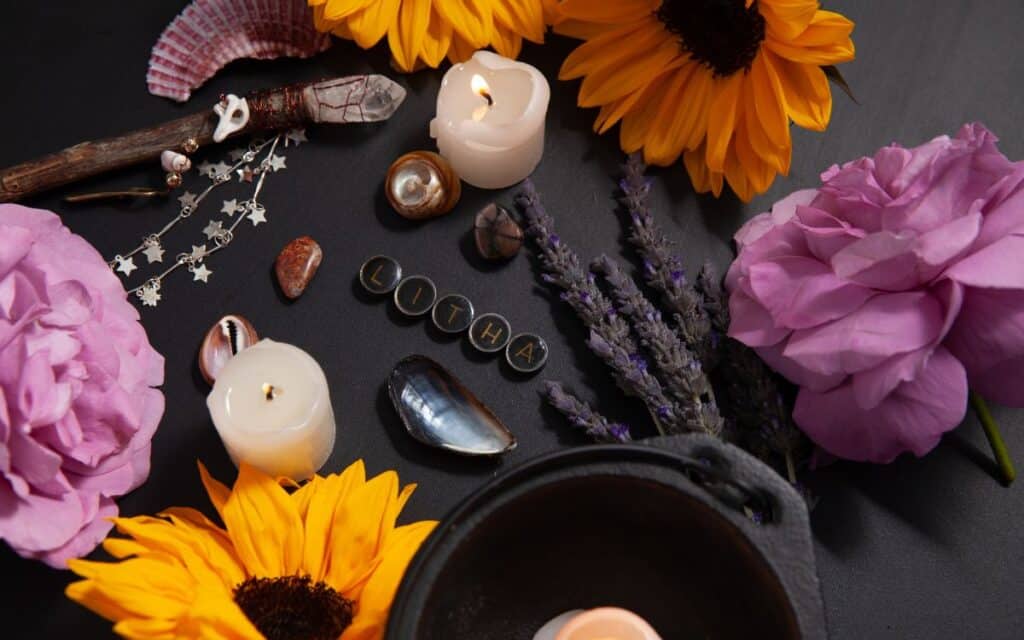
Litha (June 20-23) Summer Solstice
Litha is celebrated on the summer solstice, which falls between 20 and 23 June 20.
It marks the longest day of the year and the height of summer. This festival is associated with the sun god and the goddess in her aspect as the queen of the faeries.
Litha is traditionally celebrated with bonfires, feasting and performing rituals to honour the power of the sun.
Crystals: Citrine, tiger’s eye and sunstone
Chakras: Solar plexus chakra and heart chakra
Special Herbs: St John’s wort, chamomile and vervain
Christian Connection: St. John’s Day, which celebrates the birth of John the Baptist and is associated with light and the power of the sun.
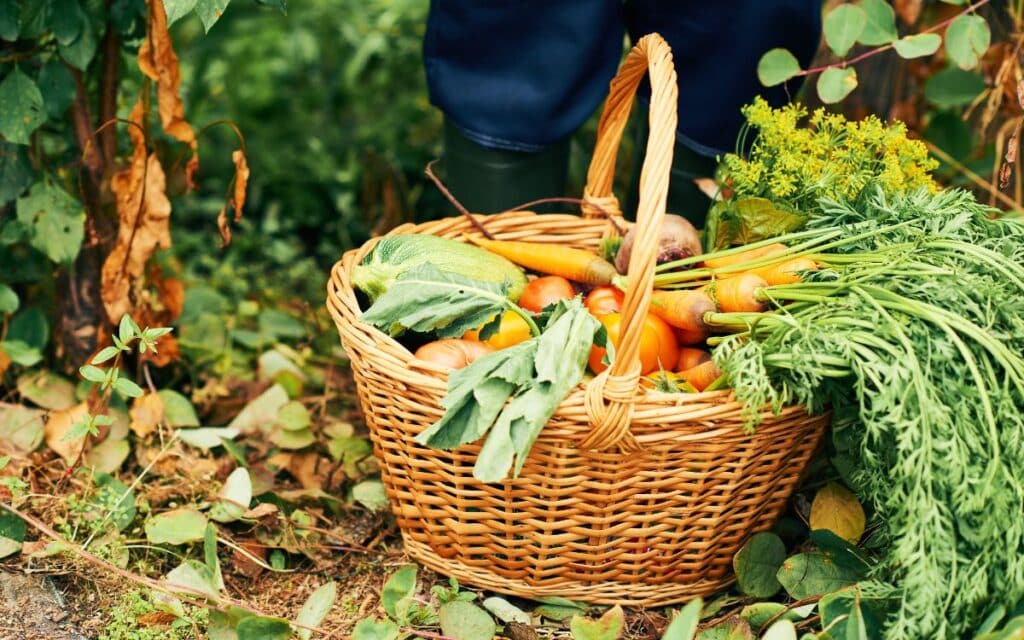
Lammas (1 August) Beginning of Autumn
Lammas is celebrated on 1 August and marks the beginning of autumn and the first harvest.
It is a time to give thanks for the abundance of the earth and to honour the god in his aspect as the harvest king.
Lammas is traditionally celebrated with baking bread, making corn dollies and performing rituals to manifest one’s goals and intentions.
Crystals: Peridot, citrine and clear quartz
Chakras: Solar plexus chakra and heart chakra
Special Herbs: Heather, basil and sage
Christian Connection: Lammas Day, also known as the Feast of St Peter ad Vincula, which celebrates the martyrdom of St Peter and is associated with the first fruits of the harvest.
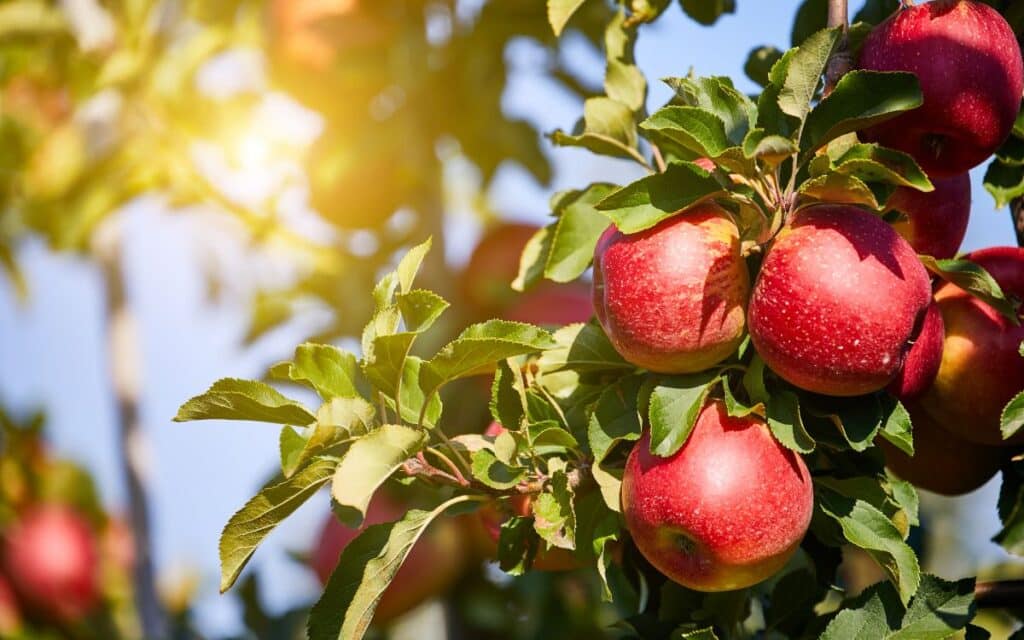
Mabon (20-23 September) Autumn Equinox
Mabon is celebrated on the autumn equinox, which falls between 20 and 23 September.
It marks the balance of light and dark and the second harvest.
This festival is associated with the goddess in her aspect as the crone and the god in his aspect as the lord of the underworld.
Mabon is traditionally celebrated with making wine, picking apples and performing rituals to find balance and inner peace.
Crystals: Amber, citrine and smoky quartz
Chakras: Root chakra and heart chakra
Special Herbs: Sage, marigold and milk thistle
Christian Connection: Michaelmas, which celebrates the feast of St Michael and All Angels and is associated with the harvest and the coming of autumn.
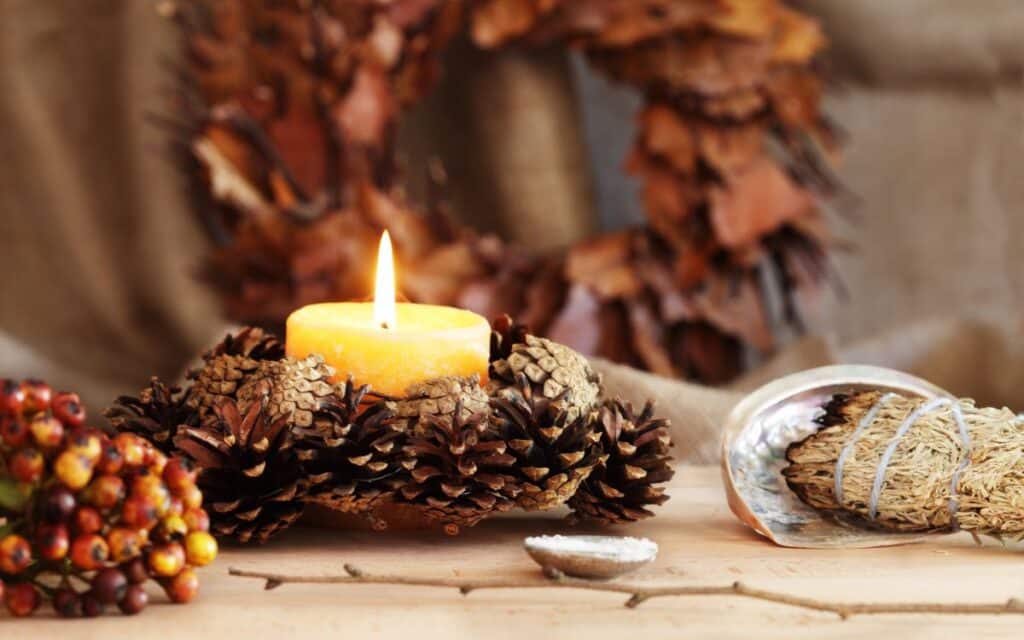
Samhain (31 October-1 November) Beginning of Winter
Samhain is celebrated on 31 October and 1 November and marks the end of the harvest and the beginning of winter.
It is a time to honour the ancestors and the spirits of the dead and to reflect on the cycle of life and death.
Samhain is traditionally celebrated with carving pumpkins, lighting bonfires and performing divination rituals.
Crystals: Obsidian, black tourmaline and amethyst
Chakras: Root chakra and third eye chakra
Special Herbs: Mugwort, wormwood and mandrake
Christian Connection: All Saints’ Day, which celebrates the saints and martyrs of the Christian church and is associated with the coming of winter and the cycle of life and death.
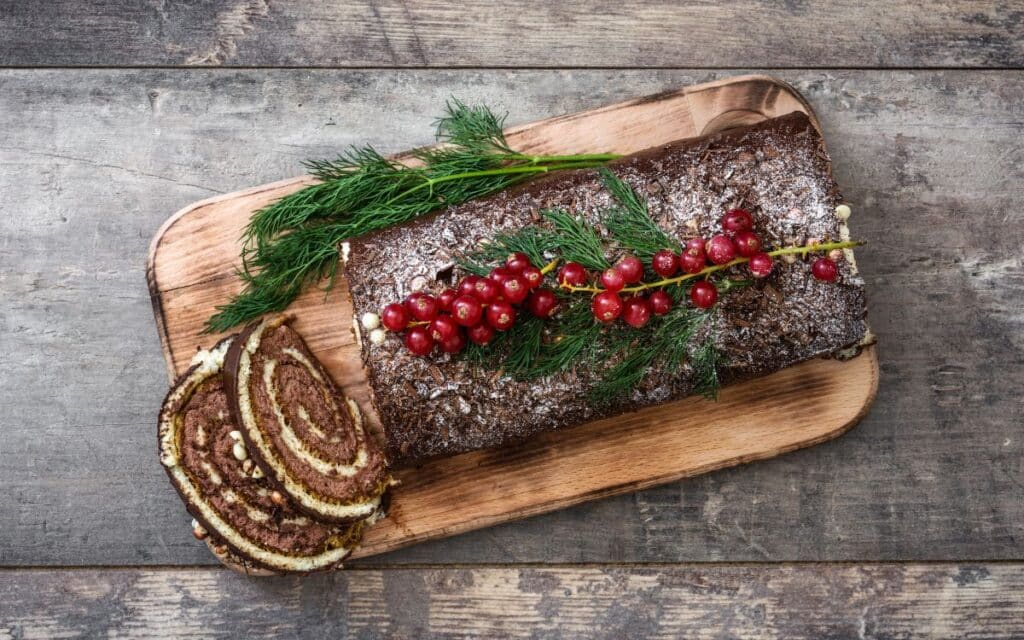
Yule (20-23 December) Winter Solstice
Yule is celebrated on the winter solstice, which falls between 23 and 20 December.
It marks the rebirth of the sun and the return of light and warmth.
This festival is associated with the god in his aspect as the sun king and the goddess in her aspect as the mother of light.
Yule is traditionally celebrated with decorating evergreen trees, exchanging gifts and performing rituals to welcome the return of the sun.
Crystals: Garnet, clear quartz and ruby
Chakras: Solar plexus chakra and heart chakra
Special Herbs: Frankincense, myrrh and cinnamon
Christian Connection: Christmas, which celebrates the birth of Jesus and is associated with the coming of light and the rebirth of hope.
In conclusion, pagan festivals are rich in symbolism, meaning and spiritual significance.
Whether you are a pagan, Wiccan, or Christian, these festivals offer an opportunity to connect with the cycles of nature and the divine.
By exploring the crystals, chakras, special herbs and Christian connections associated with these festivals, you can deepen your understanding of their deeper meanings and find new ways to celebrate and honour the turning of the seasons.

